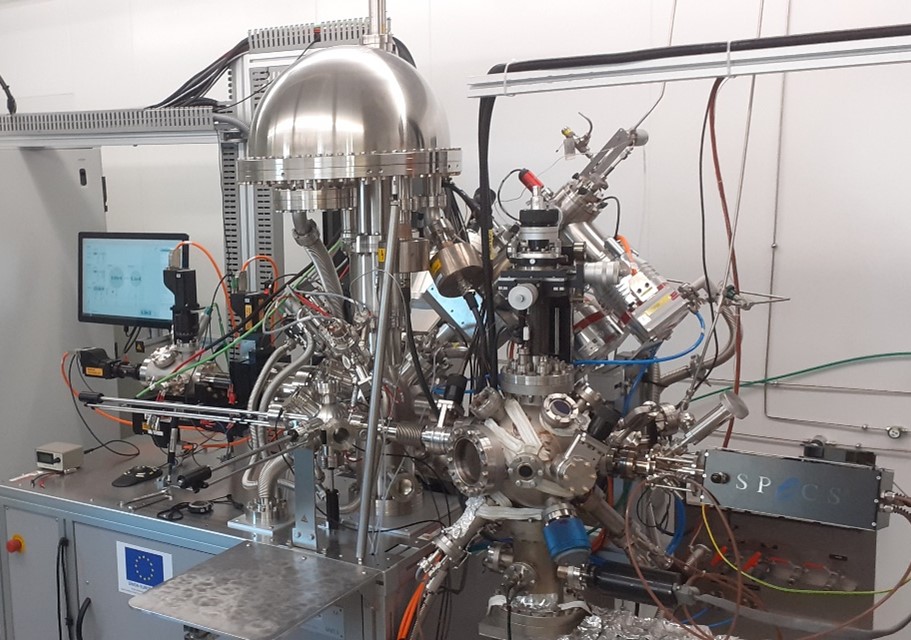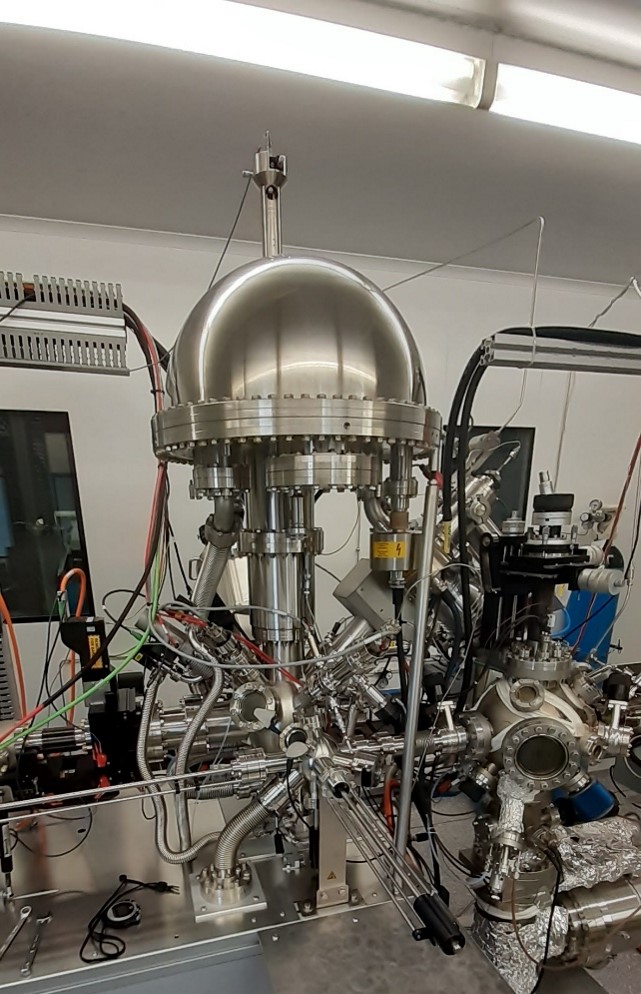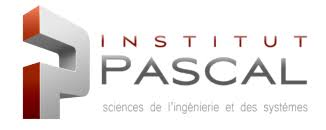Surface Analysis by Electron Spectroscopy (ESCA)


About us
The ESCA platform, open to companies and academic laboratories, carries out chemical analysis of the extreme surface (≤10 nm) of all types of solid materials. This platform brings together ultra-high vacuum equipment with the aim of structuring and analyzing surfaces in situ using electronic spectroscopy. This technology makes it possible to identify all elements (except H and He), the nature of their bonds, their local environment and/or their degree of oxidation, to highlight surface segregations and to determine atomic concentrations. It is also possible to determine electronic structures, follow the functionalization or degradation of surfaces or obtain in-depth profiling of structures, non-destructively (angular spectroscopy) or destructively (sputtering with atom clusters).
Our services
The fields of application are very broad as surface analysis by electron spectroscopy can be applied to most solid materials. This technique allows to:
- identify all the elements (except H and He),
- determine the nature of the bonds, the local environment and/or the degree of oxidation of most solid materials,
- highlight surface segregations,
- calculate the atomic concentrations (accuracy of 0,1 % à 1% depending on the elements).
- X-ray Photoelectron Spectroscopy:
- XPS (survey spectra + high resolution spectra)
- AR-XPS (angular resolved XPS for in-depth analysis)
- Auger Electron Spectroscopy (AES)
- UltraViolet Photoelectron Spectroscopy (UPS): valence band analysis
- Reflection Electron Energy Loss Spectroscopy (REELS)
- Cycles of ionic sputterring + XPS: in-depth concentration profiling
- Massive samples (up to L1.5 cm x l1.5 cm x h1 cm)
- Powder, fibers, etc…
- Sputerring by monatomic (Ar+) or cluster (Arn+) ion bombardment
- Heat treatment (up to 900 °C)
- Plasma treatment
Facilities/equipments
All the equipment is interconnected under Ultra High Vacuum (UHV) and distributed in three chambers:
* Load lock with storage (5 samples);
* A latest generation analysis chamber (installed in 2023) from the SPECS brand bringing together the following surface analysis devices:
- PHOIBOS 150 2D-CMOS hemispherical analyzer:
- Acceptance angle +/-15°
- Resolution: energy < 2 meV and angle < 0.1°
- 2-dimensional CMOS detector (dimension 1 = Energy / dimension 2 = angle or position)
- Two monochromatized X-ray sources:
- Al Kα (1486.6 eV) et Ag Lα (2984.3 eV)
- 100 μm < Spot RX < 5 mm
- Flood Gun for charge neutralization (0 - 50 eV)
- UV Source: HeI (21.2 eV) and HeII (40.8 eV)
- Electron gun : energy 0.02 – 5 keV
- UHV 5-axes motorized sample manipulator with LN2 cooling (-150 °C) and heating (25-800 °C)
- Ion gun monoatomic (Ar+) and cluster (Arn+):
- Energy 0-10 keV
- Scan area 10 x 10 mm
- Cluster size 500-5000 atoms
* A preparation chamber equipped with evaporation sources, plasma sources, a heating sample holder (up to 900 °C) for in situ thermal treatments under UHV or under a controlled atmosphere.
Note the presence of a CF40 flange available for connection to a vacuum transfer case.Training
Electron spectroscopy training: qualitative interpretation of spectra, modelling and calculations of atomic concentrations.

Contacts
Address
Institut Pascal
Guillaume Monier
4 Avenue Blaise Pascal- CS 60032
63178 Aubiere Cedex
France
Guillaume Monier
4 Avenue Blaise Pascal- CS 60032
63178 Aubiere Cedex
France

